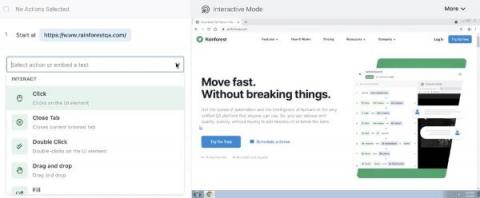A Quick Start Guide to User Interface Testing
User interface testing (sometimes called graphical user interface testing) involves testing software applications according to what the end user will see on their screen and how they’ll interact with it. For example, can you type in text boxes or click the checkboxes? Are fonts, headers, and other visual elements correct? UI testing can be done manually or with a test automation tool.











